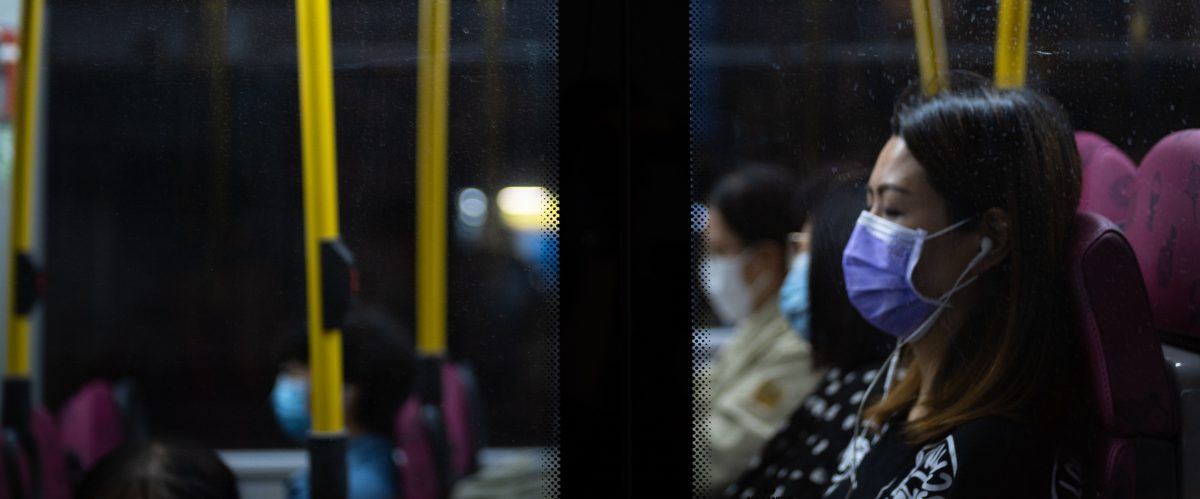By Emma Roe*, Paul Hurley*, Charlotte Veal** and Sandra Wilks***.
On a day heralded by some, including members of the UK government before it took a more cautious tone[1], as ‘freedom day’, the Prime Minister, Chancellor and Health Secretary are self-isolating having either tested positive for or been exposed, to Covid-19. Boris Johnson’s announcement[2] a week ago that Monday 19th July would mark the move to Step 4 of the Roadmap – when coronavirus regulations exercising restrictions on our daily lives, and crucially on our bodies, come to an end – has sparked conflicting and inflammatory debate. An object at the forefront of many of these discussions has been the face mask. Part of the shift in the government’s approach “from one of rules and regulations, to one of guidance and good sense”[3] is the end of the legal requirement in England to wear a face covering on public transport[4], in shops and in other indoor spaces[5]. Understanding this approach and its implications means understanding the social and cultural dimensions of a pandemic, and getting to know the matter (the SARS-CoV-2 virus, emotions, human interactions) and materials (masks, space, and air) through which it is communicated.



